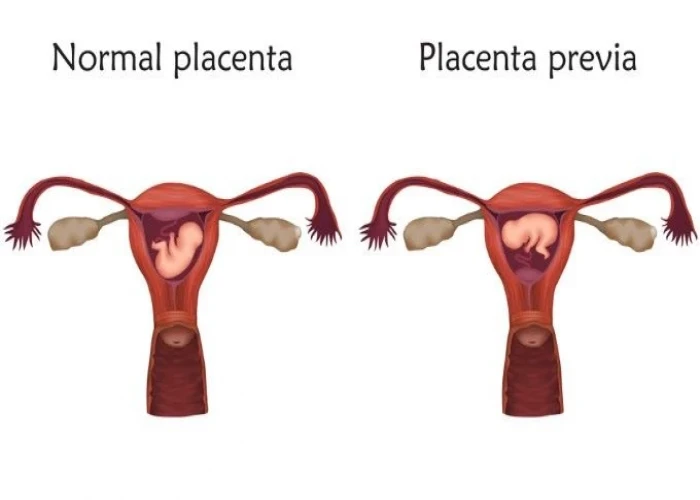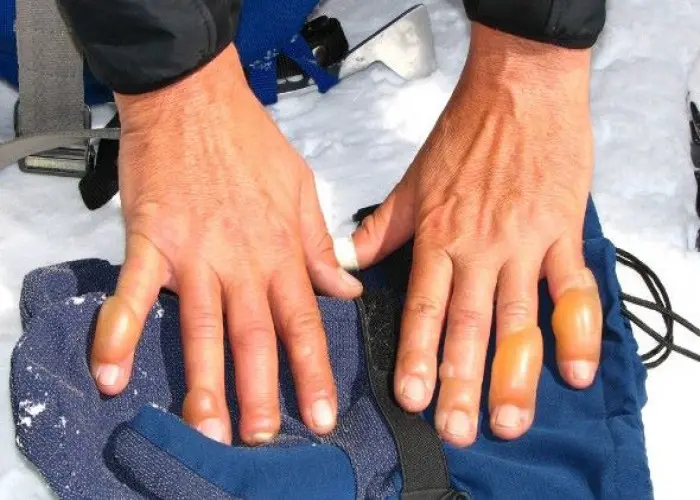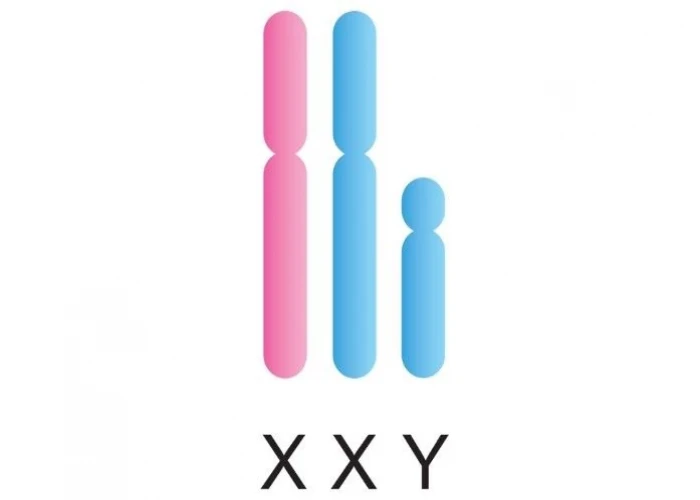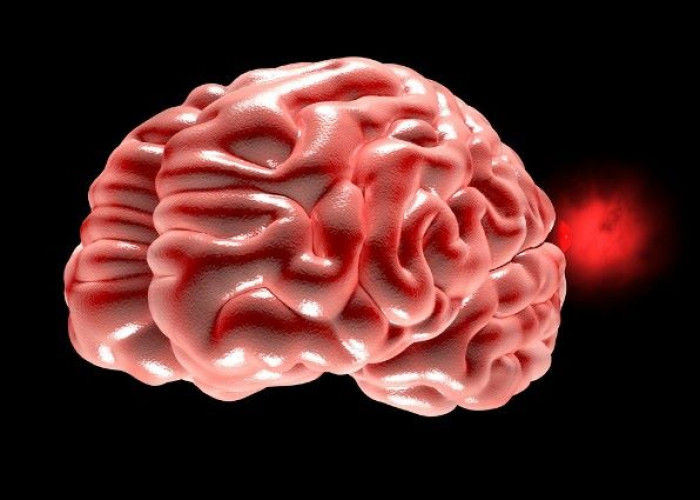 Welcome
Welcome
“May all be happy, may all be healed, may all be at peace and may no one ever suffer."
Fibromuscular dysplasia

Fibromuscular dysplasia (FMD) is a rare medical condition that affects the walls of arteries, primarily those that supply blood to the kidneys, brain, and legs. In FMD, abnormal growths or layers of fibrous tissue develop within the artery walls, which can lead to narrowing of the artery, blockages, or aneurysms (weakening and bulging of the artery wall).
FMD can cause a range of symptoms depending on which arteries are affected. In the renal arteries, FMD can cause high blood pressure, kidney damage, or sudden kidney failure. In the arteries of the brain, it can cause headaches, dizziness, ringing in the ears, or stroke-like symptoms. In the arteries of the legs, FMD can cause pain or cramping during exercise or at rest, or leg ulcers.
The cause of FMD is not fully understood, but it is believed to be related to genetic and environmental factors. FMD is most commonly diagnosed in women in their 40s and 50s, although it can occur at any age.
The treatment for FMD depends on the severity of the disease and which arteries are affected. In some cases, medication to control blood pressure or prevent blood clots may be recommended. In other cases, surgery or other interventional procedures may be necessary to open up narrowed or blocked arteries, or repair aneurysms. Your healthcare provider will work with you to determine the best treatment approach based on your individual circumstances.
Research Papers
Disease Signs and Symptoms
- High blood pressure (hypertension)
- Kidney failure
- Headaches
- Ringing in ears (tinnitus)
- Dizziness (vertigo)
- Weakness
- Weakness and numbness in arms
Disease Causes
Fibromuscular dysplasia
The cause of fibromuscular dysplasia is unknown. However, several factors might play a role.
- Hormones. Researchers think female hormones might play a role in the development of the disease. Fibromuscular dysplasia is not linked to women's use of birth control pills, number of pregnancies, or age when they gave birth.
- Genetics. If someone in your family has fibromuscular dysplasia, you might get the condition, too.
Disease Prevents
Disease Treatments
Treatment for fibromuscular dysplasia depends on the symptoms, the site of the narrowed artery and other health conditions you have, such as high blood pressure. If you don't need treatment at the time, your doctor might recommend watchful waiting.
Medications
Treatment with high blood pressure medications is recommended for people with fibromuscular dysplasia who have hypertension, even if they have a procedure to correct the condition. Several types of medications are available:
- Angiotensin-converting enzyme (ACE) inhibitors, such as benazepril (Lotensin), enalapril (Vasotec) or lisinopril (Prinivil, Zestril), help relax your blood vessels.
- Angiotensin II receptor blockers. These medications also help relax your blood vessels. Examples of this class of medications include candesartan (Atacand), irbesartan (Avapro), losartan (Cozaar) and valsartan (Diovan).
- Diuretics. These drugs, such as hydrochlorothiazide (Microzide), help remove excess fluid from your body and may be used with other blood pressure medications.
- Calcium channel blockers, such as amlodipine (Norvasc), nifedipine (Procardia) and others, help relax your blood vessels.
- Beta blockers, such as metoprolol (Lopressor), atenolol (Tenormin) and others, slow your heartbeat and block adrenaline.
Your doctor might advise you take a daily aspirin to reduce your risk of stroke. But don't start taking an aspirin without talking to your doctor first.
Some medications used to treat hypertension can affect the way your kidneys work. Your doctor might recommend blood and urine tests to make sure your kidneys are working normally once you start taking these medications.
Surgery or other procedures
Percutaneous transluminal angioplasty (PTA)
This procedure is preferred over surgery and is usually done at the same time as a catheter-based angiogram. During an angiogram, dye is injected through a catheter into an artery. X-rays show how the dye travels through the artery, revealing narrowed areas. A wire is threaded to the artery, and a catheter with a balloon is inserted into the narrowed area.
The balloon is then inflated to open the narrowed part of the artery. Rarely, a metal mesh tube (stent) may be placed inside the weakened part of the artery to help prevent it from rupturing.
Surgical revascularization
Surgery to repair the damaged artery is rarely recommended. It's usually only done when there are complications. However, if PTA is not an option and the narrowing of your arteries is severe, your doctor might recommend a more invasive approach with surgery to repair or replace the narrowed portion of the artery. The type of surgery depends on the site of the narrowed artery and how damaged the artery is.
Disease Diagnoses
Disease Allopathic Generics
Disease Ayurvedic Generics
Disease Homeopathic Generics
Disease yoga
Fibromuscular dysplasia and Learn More about Diseases

Dysentery

Pyelitis

Nail fungus

Arthritis

Placenta previa

Central nervous system vascular malformations

Frostbite

Klinefelter syndrome
fibromuscular dysplasia, ফাইব্রোমাসকুলার ডিসপ্লাসিয়া
To be happy, beautiful, healthy, wealthy, hale and long-lived stay with DM3S.
